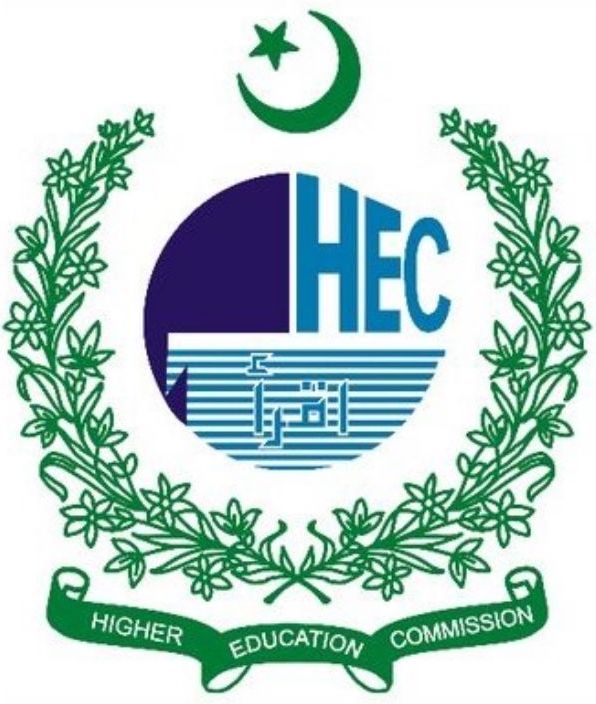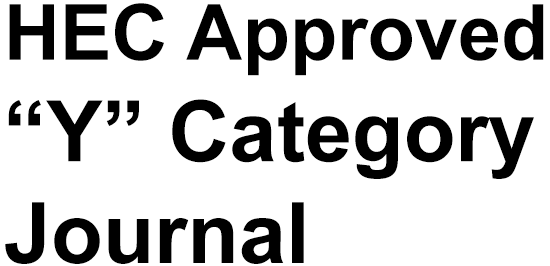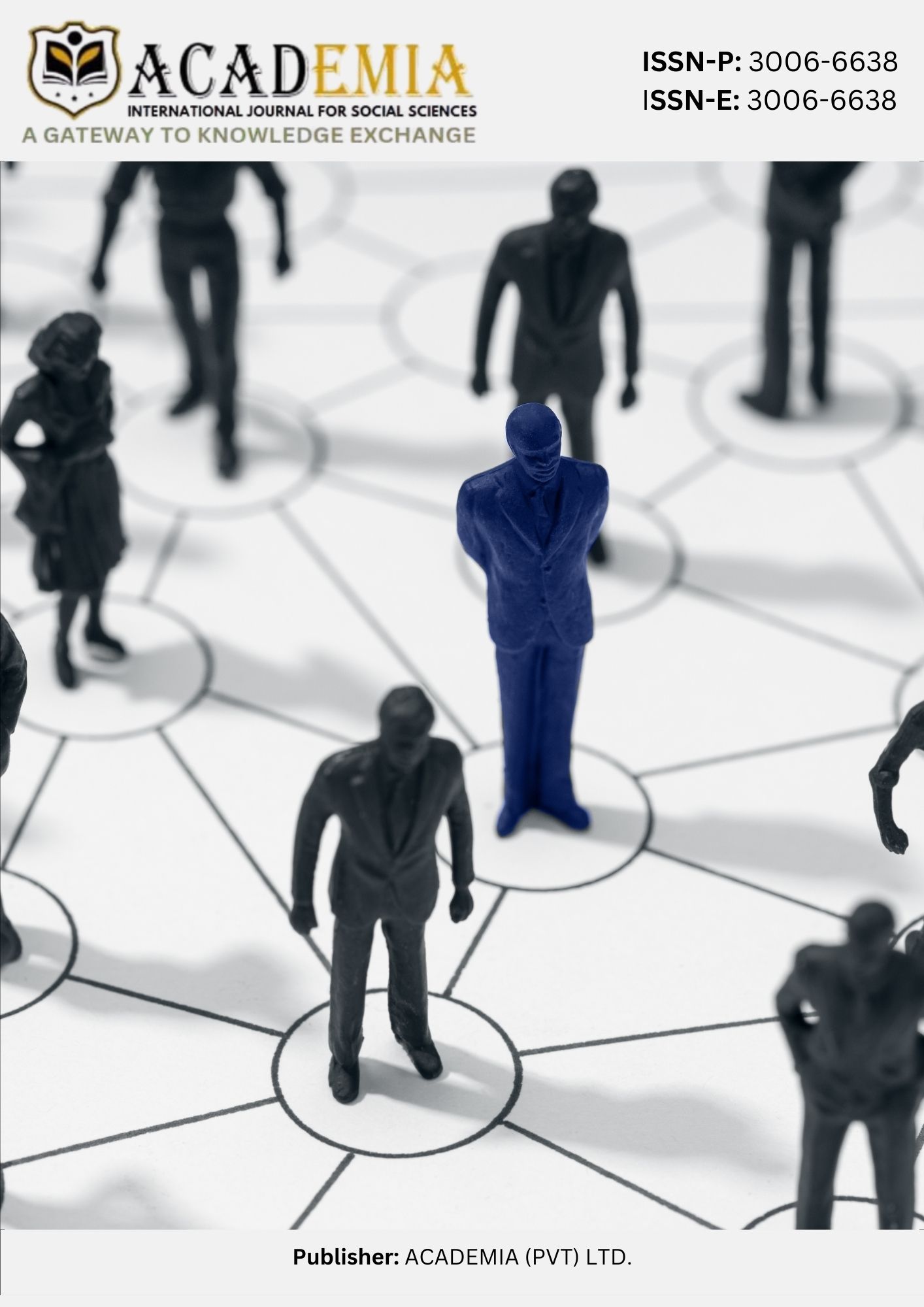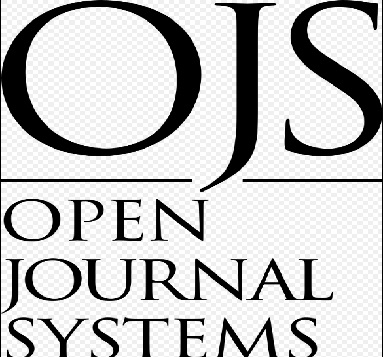Constructing the 'Other' in Times of Crisis: A Critical Discourse Analysis of Pakistani Media Narratives on the Repatriation of Afghan Refugees (Jan-June 2025)
DOI:
https://doi.org/10.63056/Keywords:
Afghan refugees, Critical Discourse Analysis, media representation, othering, Pakistan, forced repatriationAbstract
This study employs Critical Discourse Analysis (CDA) to explore how mainstream Pakistani media constructs narratives around Afghan refugees during the forced repatriation period of January–June 2025. Drawing on Fairclough’s three-dimensional model, which views discourse as a practice operating at textual, discursive, and socio-cultural levels where language reflects and shapes power relations, the research examines English-language newspapers (Dawn, The News) and Urdu-language dailies (Jang, Dunya) to uncover underlying ideological biases and power structures that shape public perception. The selected texts were gathered through purposive sampling of relevant news stories, editorials, and opinion pieces. Each text was closely examined across textual, discursive, and socio-political dimensions to identify patterns of representation. The analysis reveals systematic "othering" of Afghan refugees through linguistic strategies, temporal distancing, and systematic exclusion of refugee voices. Findings demonstrate how media discourse functions as a tool of exclusion while legitimizing state policies during humanitarian crises. This approach enables a deeper understanding of how discursive choices contribute to constructing public narratives. Ultimately, the study highlights the media's influential role in reinforcing dominant state ideologies under the guise of neutral reporting.
Downloads
Published
Issue
Section
License
Copyright (c) 2025 Nadia Urooj, Dr. Waqasia Naeem, Rakhshanda Furnaz (Author)

This work is licensed under a Creative Commons Attribution 4.0 International License.












